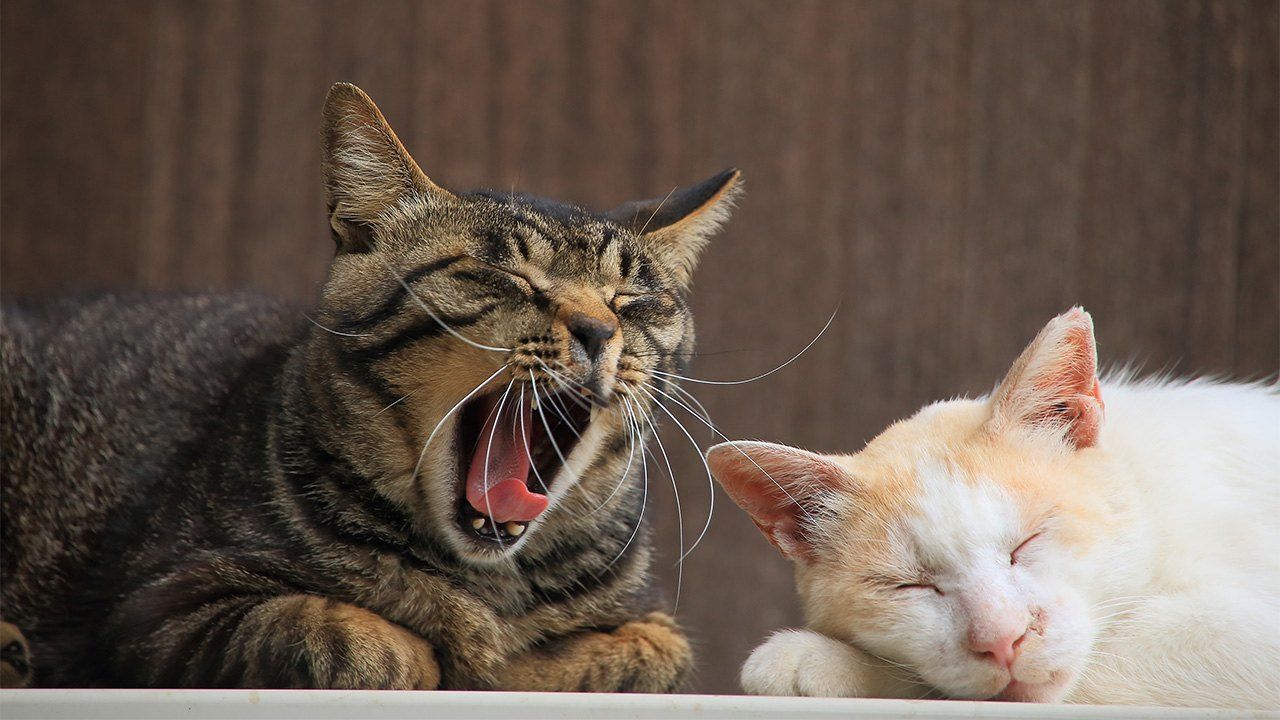
A Journey Through Japanese Haiku
The Cats’ Whiskers
Culture Environment Lifestyle- English
- 日本語
- 简体字
- 繁體字
- Français
- Español
- العربية
- Русский
両方に髭がある也猫の妻 来山
Ryōhō ni / hige ga aru nari / neko no tsuma
Both of them
whiskered—
the tomcat’s mate(Poem by Raizan)
The period in spring when female cats are in heat is now alluded to in haiku using season words like koineko and neko no koi (literally “cats’ love”), but in older texts, neko no tsuma (literally “cat’s wife”) was also used. In this haiku by Raizan (1654–1716), the poet notes that female cats also have whiskers. While this is natural enough, it makes for a humorous scene by playing on the difficulty of telling the two sexes apart. The theme of koineko has common variations like cats worn out from days of wandering, or a focus on obsession or the clamor of their cries, but this haiku takes a fresh approach.
Raizan was a popular haiku poet from Osaka. He was also a skilled writer of prose and attached the following note to the above poem: “It is not easy to tell male and female cats apart. There was once a nun who believed that the gods Ebisu and Daikoku were man and wife, and no matter how much it was explained to her that they were not, she would not accept it. I recalled this story while writing the poem about the two cats with whiskers, so I add it here.” There is a slow-burning humor here. Ebisu and Daikoku certainly appear similar in both their facial hair and their physical form. The haiku appeared in a collection put together by Raizan’s followers after his death, but unfortunately we do not know when it was written.
Raizan possessed a superlative sensitivity and sense of humor, being both subtle and openhearted in his haiku written in simple language. Perhaps his most famous work describes fish swimming in water: Shirauo ya / sanagara ugoku / mizu no iro (Icefish— / just like the color / of water moving).
(Originally published in Japanese. Banner photo © Pixta.)